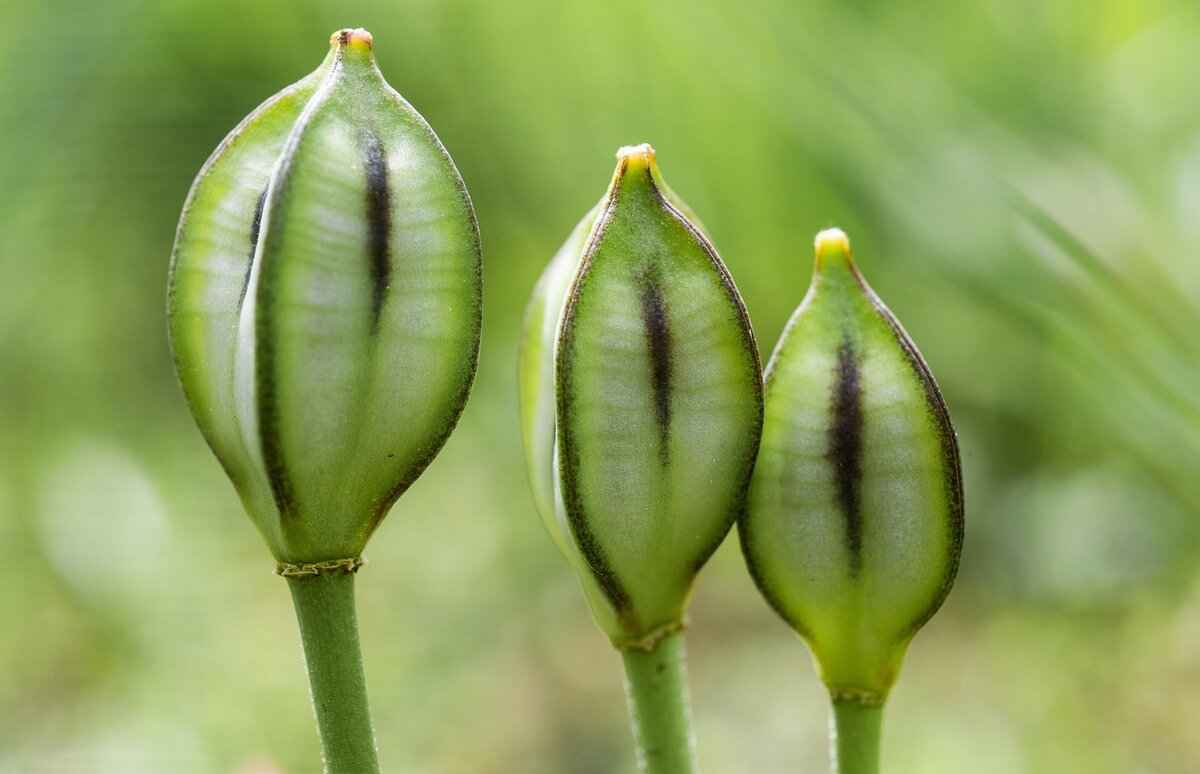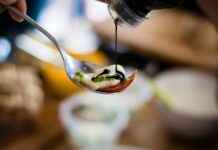Chia Seed Pudding has gained immense popularity in recent years as a nutritious and versatile dish. This article delves into the calorie content of chia seed pudding and provides a comprehensive guide on creating a delicious low-calorie version that retains both flavor and nutrition.
Chia seeds are tiny, black or white seeds derived from the Salvia hispanica plant. Rich in fiber, protein, and omega-3 fatty acids, these seeds are celebrated for their health benefits. They can absorb up to 12 times their weight in water, forming a gel-like consistency that makes them ideal for puddings and smoothies.
Chia seed pudding is a fantastic option for those looking for a nutritious meal or snack. Its customizability allows for various flavors and toppings, making it suitable for breakfast, snacks, or even dessert while being low in calories. The combination of chia seeds with your choice of liquid creates a filling dish that satisfies cravings without the guilt.
The calorie content of chia seed pudding can vary significantly based on the ingredients used. A basic recipe typically contains around 150-200 calories per serving. Factors such as the type of milk, sweeteners, and additional toppings can increase or decrease this count.
To create a low-calorie version of chia seed pudding, consider using:
- Unsweetened almond milk
- Natural sweeteners like stevia or monk fruit
- Fresh fruits such as berries or sliced bananas
- Spices like cinnamon or vanilla extract for flavor
These ingredients not only reduce the calorie count but also enhance the overall nutritional profile of your pudding.
Making chia seed pudding is straightforward and requires minimal preparation. Here’s how to do it:
1. In a bowl, combine 1/4 cup of chia seeds with 1 cup of unsweetened almond milk.2. Add your choice of sweetener and stir well to prevent clumping.3. Allow the mixture to sit for about 10 minutes, then stir again.4. Refrigerate for at least 2 hours or overnight.5. Serve with your favorite toppings.
Selecting the appropriate milk alternative is crucial for keeping calories low. Unsweetened almond or coconut milk are excellent choices that add creaminess without excess calories. Additionally, they are often fortified with vitamins and minerals, making them a nutritious option.
Natural sweeteners like stevia or monk fruit can enhance the flavor of your pudding without adding significant calories. These alternatives are perfect for those who are conscious of their sugar intake and are looking to maintain a healthy lifestyle.
Experimenting with flavors is key to enjoying chia seed pudding. Consider incorporating:
- Vanilla extract for a classic taste
- Cocoa powder for a chocolatey twist
- Fresh fruits or dried fruits for natural sweetness
- Nuts and seeds for added texture
These variations not only elevate the taste but also keep the dish exciting and enjoyable.
Chia seed pudding offers numerous health benefits, including improved digestion due to its high fiber content, heart health support from omega-3 fatty acids, and sustained energy levels. Incorporating this dish into your diet can contribute positively to your overall wellness.
Serving chia seed pudding can be as creative as you like. Consider layering it with:
- Fresh fruits for a burst of flavor
- Nuts for crunch
- Granola for added texture
These toppings not only enhance the visual appeal but also provide additional nutrients while keeping the dish low-calorie.
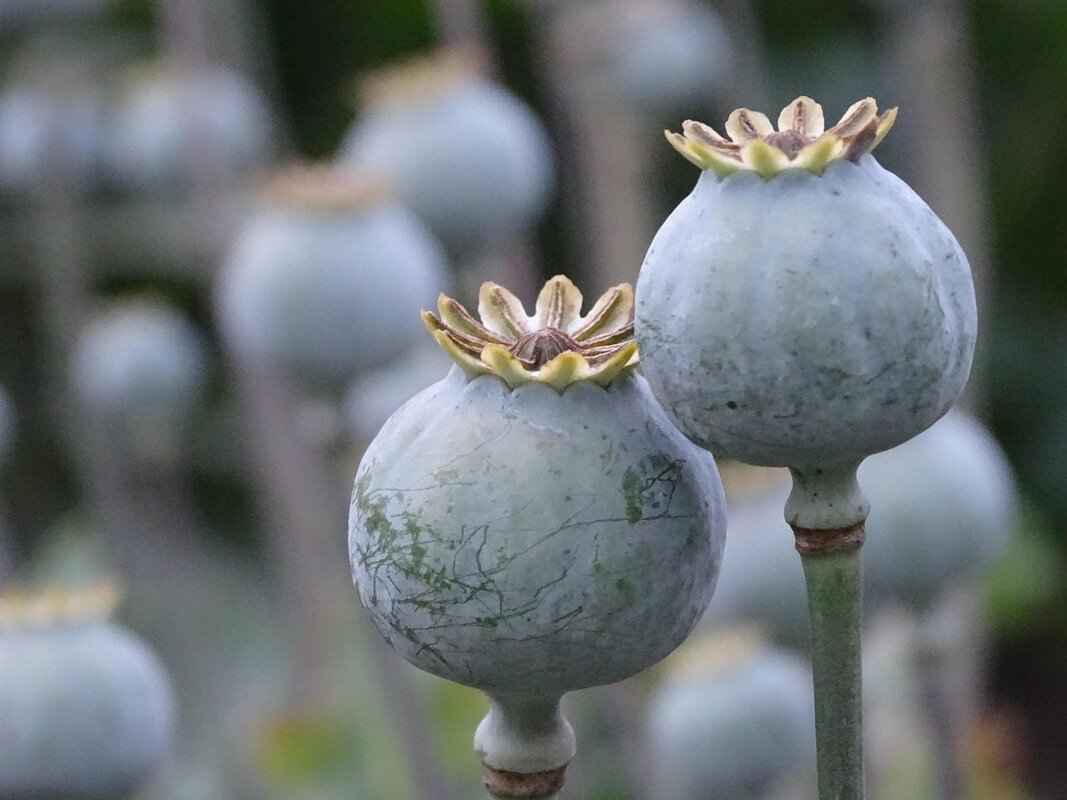
What Are Chia Seeds?
Chia seeds, scientifically known as Salvia hispanica, are tiny black or white seeds that have gained immense popularity in the health and wellness community. These seeds are not only small in size but are also nutrient-dense, making them a fantastic addition to various diets. Packed with essential nutrients, they are especially favored by those seeking to enhance their overall health.
Chia seeds are tiny, nutrient-dense seeds packed with fiber, protein, and omega-3 fatty acids, making them a popular choice for health-conscious individuals seeking nutritious food options. Just two tablespoons of chia seeds contain approximately 140 calories, 11 grams of fiber, and 4 grams of protein. This impressive nutritional profile makes them a great choice for anyone looking to increase their intake of these vital nutrients.
Chia seeds are often labeled as a superfood due to their high nutrient content and numerous health benefits. They are rich in antioxidants, which help combat oxidative stress and inflammation in the body. Additionally, the high fiber content in chia seeds can aid in digestion and promote a feeling of fullness, making them an excellent choice for those looking to manage their weight.
- Heart Health: The omega-3 fatty acids in chia seeds contribute to heart health by lowering cholesterol levels and reducing inflammation.
- Bone Health: Chia seeds are a good source of calcium, magnesium, and phosphorus, which are essential for maintaining strong bones.
- Blood Sugar Control: The soluble fiber in chia seeds helps stabilize blood sugar levels, making them beneficial for individuals with diabetes.
Incorporating chia seeds into your diet is easy and versatile. They can be added to smoothies, yogurt, oatmeal, or baked goods. Here are some practical ideas:
1. Add chia seeds to your morning smoothie for an extra nutrient boost.2. Mix them into yogurt or oatmeal for added texture and nutrition.3. Use chia seeds as an egg substitute in vegan baking (1 tablespoon chia seeds + 2.5 tablespoons water 1 egg).
While chia seeds are generally safe for most people, consuming them in large quantities can lead to digestive issues due to their high fiber content. It’s important to drink plenty of water when consuming chia seeds to help prevent any potential discomfort.
Chia seeds are a tiny powerhouse of nutrients that can easily be incorporated into a healthy diet. Their numerous health benefits, combined with their versatility in recipes, make them an excellent choice for anyone looking to enhance their nutrition. Whether you are a seasoned health enthusiast or just starting your wellness journey, chia seeds are a simple and effective way to boost your nutrient intake.
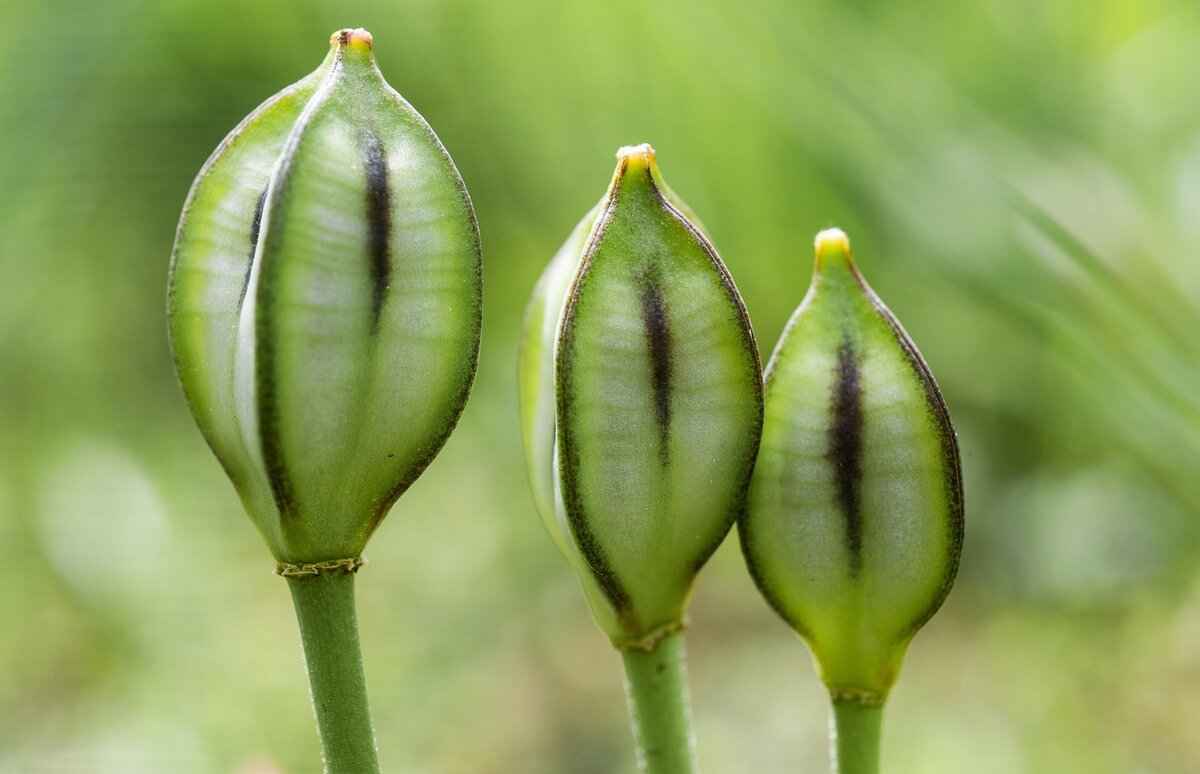
Why Choose Chia Seed Pudding?
Chia seed pudding has gained immense popularity as a nutritious and versatile dish that caters to a variety of dietary preferences. Whether you are looking for a healthy breakfast option, a mid-afternoon snack, or a satisfying dessert, chia seed pudding can be customized to fit your needs. This unique dish is not only low in calories but also offers a wealth of health benefits, making it a smart choice for anyone aiming to lead a healthier lifestyle.
One of the primary reasons to choose chia seed pudding is its customizability. You can easily tailor the flavors and toppings to suit your personal taste. Here are some key points to consider:
- Endless Flavor Options: From chocolate to vanilla, the flavor possibilities are virtually limitless. You can add ingredients like cocoa powder, vanilla extract, or even fruit purees to create a unique taste experience.
- Health Benefits: Chia seeds are packed with nutrients, including fiber, protein, and omega-3 fatty acids. These nutrients contribute to improved digestion, heart health, and sustained energy levels, making chia seed pudding a great addition to any diet.
- Low-Calorie Delight: A typical serving of chia seed pudding can range from 150 to 200 calories, depending on the ingredients used. By choosing low-calorie milk alternatives and natural sweeteners, you can create a delicious dish that satisfies your cravings without derailing your diet.
- Quick and Easy Preparation: Making chia seed pudding requires minimal effort. Simply combine chia seeds with your choice of liquid, let them soak, and you have a ready-to-eat meal that can be prepared in advance.
Additionally, chia seed pudding can easily fit into various dietary restrictions, including vegan and gluten-free diets. This makes it an inclusive option for gatherings and meal prep.
Customization is one of the most appealing aspects of chia seed pudding. Here are some popular ways to enhance your pudding:
- Fruits: Adding fresh fruits such as berries, bananas, or mangoes not only boosts the flavor but also increases the nutritional value.
- Nuts and Seeds: For added crunch and healthy fats, consider topping your pudding with nuts or seeds like almonds, walnuts, or pumpkin seeds.
- Spices: Incorporate spices such as cinnamon or nutmeg to add warmth and depth to your pudding.
Experimenting with different combinations can keep your meals exciting and prevent monotony in your diet.
Serving chia seed pudding can be as creative as you desire. Here are some ideas:
- Layering: Create a visually appealing dessert by layering chia pudding with yogurt and fruits in a glass.
- Parfaits: Combine chia pudding with granola and fresh fruit for a delicious parfait that works well for breakfast or dessert.
- On-the-Go: Pack your chia pudding in a jar for a nutritious snack that can be enjoyed anywhere.
In conclusion, chia seed pudding is a versatile dish that not only satisfies your taste buds but also supports your health goals. With its low-calorie content and rich nutrient profile, it’s an ideal choice for anyone looking to enhance their diet without sacrificing flavor.
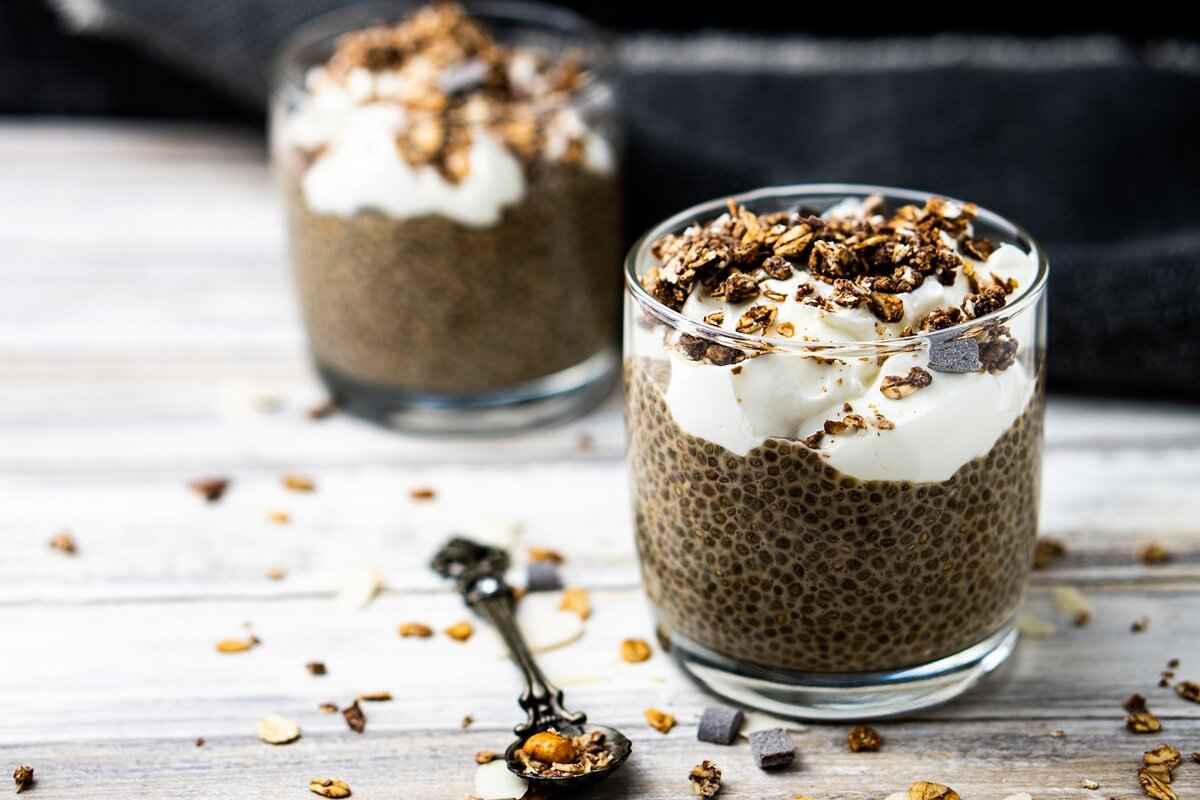
How Many Calories Are in Chia Seed Pudding?
Chia seed pudding has gained immense popularity as a nutritious and versatile dish, often enjoyed as a breakfast option, snack, or dessert. One of the most frequently asked questions about this delightful treat is, “How many calories are in chia seed pudding?” The answer can vary significantly based on the ingredients used, making it essential to understand the factors that influence its calorie content.
A basic serving of chia seed pudding typically contains between 150-200 calories. This range largely depends on the type of milk and sweeteners incorporated into the recipe. For instance, using whole milk or sweetened plant-based alternatives can elevate the calorie count, while opting for unsweetened almond milk or coconut milk can help keep it lower.
- Type of Milk: The choice of milk plays a crucial role in determining the overall calorie content. For example, whole milk can add up to 150 calories per cup, whereas unsweetened almond milk contains only about 30-40 calories.
- Sweeteners: Many recipes call for sweeteners like honey or maple syrup, which can significantly increase the calorie count. Using natural sweeteners such as stevia or monk fruit can minimize this impact.
- Add-ins and Toppings: Ingredients like fruits, nuts, or granola not only enhance flavor but also add calories. While these additions can be healthy, it’s essential to measure portions to maintain a low-calorie count.
To enjoy a delicious chia seed pudding without the extra calories, consider the following tips:
- Choose Unsweetened Milk: Opt for unsweetened almond or coconut milk to keep calories low while adding a creamy texture.
- Use Natural Sweeteners: Replace traditional sweeteners with low-calorie options like stevia or erythritol to enhance flavor without the extra calories.
- Incorporate Fresh Fruits: Adding fresh fruits not only boosts flavor but also provides essential vitamins and minerals without significantly increasing calorie content.
When preparing chia seed pudding, portion control is vital. A standard serving is typically 1/4 cup of chia seeds mixed with 1 cup of milk. This ratio provides a satisfying texture while keeping calories manageable. Adjusting the portion size can help tailor the calorie count to fit individual dietary needs.
Experimenting with flavors is an excellent way to keep chia seed pudding interesting and enjoyable. Adding vanilla extract, cocoa powder, or spices like cinnamon can enhance the taste without significantly increasing calories.
Aside from being low in calories, chia seed pudding is rich in nutrients. Chia seeds are an excellent source of fiber, which aids digestion and promotes a feeling of fullness. They are also packed with omega-3 fatty acids, which are beneficial for heart health. Incorporating chia seed pudding into your diet can contribute to overall wellness and sustained energy levels.
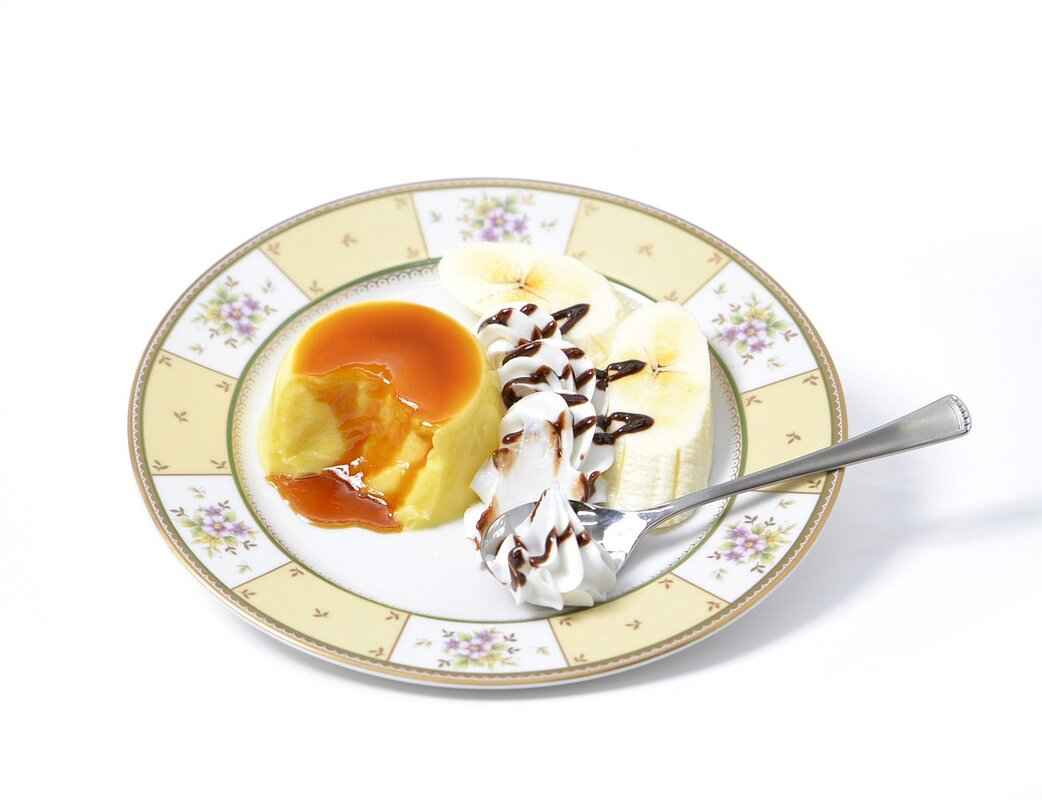
Ingredients for a Low-Calorie Chia Seed Pudding
When it comes to healthy eating, chia seed pudding is a popular choice among those looking to maintain a low-calorie diet without sacrificing flavor. This versatile dish can be easily customized to suit your taste preferences while providing a nutritious boost. In this section, we will delve into the key ingredients that can help you create a delicious low-calorie chia seed pudding.
To craft a low-calorie chia seed pudding, it’s essential to select ingredients that are both nutritious and low in calories. Here’s a breakdown of the best components to consider:
- Unsweetened Almond Milk: This milk alternative is a fantastic choice as it typically contains only 30-40 calories per cup. Its mild flavor complements the chia seeds perfectly, adding creaminess without unnecessary calories.
- Chia Seeds: Naturally low in calories, chia seeds are packed with fiber, protein, and omega-3 fatty acids. Just 2 tablespoons contain about 120 calories, but they expand significantly when soaked, providing a filling texture.
- Natural Sweeteners: To keep your pudding low-calorie, consider using natural sweeteners such as stevia or monk fruit. These alternatives provide sweetness without the added calories of regular sugar.
- Fresh Fruits: Incorporating fresh fruits like berries, bananas, or diced apples not only enhances flavor but also adds essential vitamins and minerals. Berries, in particular, are low in calories and high in antioxidants.
- Flavor Enhancers: Ingredients such as vanilla extract, cocoa powder, or even a sprinkle of cinnamon can elevate the taste of your pudding without adding significant calories. A teaspoon of vanilla extract adds depth of flavor for just a few calories.
By choosing these ingredients wisely, you can create a satisfying and delicious chia seed pudding that aligns perfectly with your health goals. The combination of unsweetened almond milk, chia seeds, and fresh fruits ensures that your pudding remains low in calories while still being rich in flavor and nutrition.
Additionally, consider the serving size when preparing your pudding. A standard serving of chia seed pudding is typically around 1/2 cup, but you can adjust this based on your dietary needs and preferences. Remember, portion control is key to maintaining a low-calorie diet.
With the right ingredients, making a low-calorie chia seed pudding is not only easy but also enjoyable. The versatility of this dish allows you to experiment with different flavors and textures, ensuring that you never get bored with your healthy snack or dessert. Whether you enjoy it for breakfast, as a midday snack, or a guilt-free dessert, chia seed pudding can be a delightful addition to your meal plan.
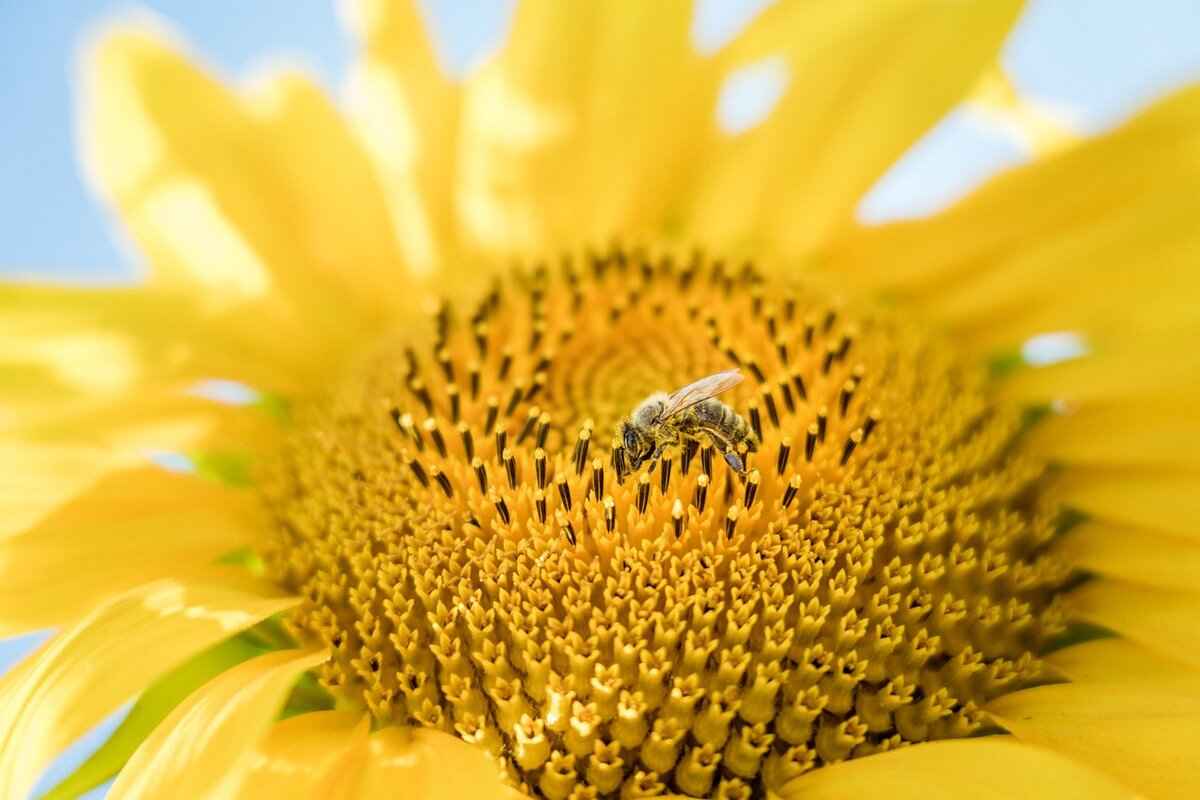
Step-by-Step Guide to Making Chia Seed Pudding
Chia seed pudding is not only a nutritious option but also a delightful treat that can be made in just a few simple steps. This step-by-step guide will help you create a delicious chia seed pudding that is low in calories, making it a perfect choice for a healthy dessert or snack.
- Gather Your Ingredients: Start by collecting all the necessary ingredients. For a basic chia seed pudding, you will need:
- 3 tablespoons of chia seeds
- 1 cup of unsweetened almond milk (or any milk alternative)
- 1-2 tablespoons of natural sweetener (like stevia or maple syrup)
- Optional: vanilla extract, cocoa powder, or fruits for flavor
- Mix the Ingredients: In a mixing bowl, combine the chia seeds, almond milk, and sweetener. Stir well to ensure that the chia seeds are evenly distributed and not clumping together.
- Let it Sit: Allow the mixture to sit for about 5-10 minutes. This step is crucial as it allows the chia seeds to absorb the liquid and expand, creating a gel-like consistency.
- Stir Again: After the initial sitting period, stir the mixture again to break up any clumps that may have formed. This will ensure a smooth texture.
- Refrigerate: Cover the bowl or transfer the mixture to a jar with a lid. Place it in the refrigerator for at least 2 hours, or overnight for best results. The longer it sits, the thicker it will become.
- Customize Your Pudding: Once your chia seed pudding has set, it’s time to get creative! You can add toppings such as:
- Fresh fruits (berries, banana, or mango)
- Nuts or seeds for crunch
- Granola for added texture
- Drizzle of honey or maple syrup for extra sweetness
- Serve and Enjoy: Your chia seed pudding is now ready to be enjoyed! Serve it in a bowl or jar, and savor the healthy goodness.
Tips for Success: To ensure the best results, consider the following tips:
- Experiment with Flavors: Don’t hesitate to try different flavorings like cinnamon, nutmeg, or even matcha powder.
- Adjust Sweetness: Taste your mixture before refrigerating and adjust the sweetness according to your preference.
- Storage: Chia seed pudding can be stored in the refrigerator for up to 5 days, making it a convenient meal prep option.
Final Thoughts: Making chia seed pudding is incredibly simple and allows for endless customization. With just a few ingredients and minimal preparation, you can create a delicious, low-calorie dessert or snack that fits perfectly into your healthy lifestyle.
Choosing the Right Milk Alternative
is essential for those looking to create a delicious and low-calorie chia seed pudding. The right milk can enhance the texture and flavor while keeping calorie counts in check. Many people are turning to milk alternatives, but with so many options available, it can be challenging to determine which one is best for your dietary needs.
When considering milk alternatives, unsweetened almond milk is a top contender. This option is not only low in calories but also provides a creamy texture that complements the chia seeds perfectly. A typical serving of unsweetened almond milk contains only about 30-40 calories, making it an excellent choice for those monitoring their caloric intake. Additionally, almond milk is rich in vitamin E, which is beneficial for skin health.
Another fantastic option is unsweetened coconut milk. This alternative adds a subtle coconut flavor to your pudding, elevating its taste while remaining low in calories. Unsweetened coconut milk generally has around 45 calories per serving. Its creamy consistency makes it a delightful base for chia seed pudding, and it’s also a source of healthy fats that can help keep you satiated.
For those who prefer a thicker consistency, soy milk is another viable alternative. While it has slightly more calories—approximately 80-100 per serving—it offers a good amount of protein, making your chia pudding more filling. However, be cautious with flavored or sweetened varieties, as they can add unnecessary calories and sugars.
When selecting a milk alternative, it’s important to read the labels carefully. Look for options that are unsweetened to avoid added sugars that can increase calorie counts. Additionally, consider fortified options that provide extra nutrients such as calcium and vitamin D, which are essential for bone health.
Incorporating these milk alternatives into your chia seed pudding not only helps to keep the calorie count low but also allows for a variety of flavors and textures. You can experiment with different combinations to find what suits your taste best. For instance, mixing almond and coconut milk can create a unique blend that enhances both flavor and creaminess.
Moreover, it’s essential to consider personal dietary restrictions. For those who are lactose intolerant or following a vegan lifestyle, plant-based milk alternatives are a great way to enjoy chia seed pudding without compromising on taste or health.
In summary, choosing the right milk alternative is a critical step in crafting a low-calorie chia seed pudding. Unsweetened almond and coconut milk are excellent choices, providing creaminess and flavor without the extra calories. Soy milk is a great option for those seeking additional protein. Always opt for unsweetened varieties to maintain a healthy dish. With the right ingredients, you can enjoy a delicious and nutritious chia seed pudding that aligns perfectly with your dietary goals.
Sweetening Your Chia Seed Pudding
When it comes to making delicious chia seed pudding, sweetening is a crucial aspect that can greatly influence the overall taste and enjoyment of the dish. While traditional sweeteners like sugar can add unwanted calories, there are numerous alternatives that can enhance flavor without compromising health goals. This section will delve into the various options available for sweetening your chia seed pudding, focusing on natural sweeteners that are both healthy and low in calories.
Natural sweeteners such as stevia and monk fruit are becoming increasingly popular among health enthusiasts. These alternatives provide a sweet taste without the significant calorie load typically associated with sugar. For individuals who are monitoring their sugar intake or managing conditions like diabetes, these sweeteners offer a guilt-free way to enjoy desserts.
Stevia is a plant-derived sweetener that is extracted from the leaves of the Stevia rebaudiana plant. It is approximately 50 to 300 times sweeter than sugar, meaning only a small amount is needed to achieve the desired sweetness. Additionally, stevia contains zero calories, making it an ideal choice for those looking to reduce caloric intake.
Monk fruit, or luo han guo, is another excellent natural sweetener. It is derived from the monk fruit and contains unique compounds called mogrosides, which provide its sweetness. Like stevia, monk fruit is also calorie-free and does not raise blood sugar levels, making it a safe option for those with dietary restrictions.
When incorporating natural sweeteners into your chia seed pudding, it is essential to start with small amounts and adjust according to your taste preferences. Here’s a simple guide:
- Start Small: Begin with a teaspoon of stevia or monk fruit extract. Taste and adjust as needed.
- Mix Well: Ensure that the sweetener is thoroughly mixed into the chia seed pudding to avoid clumping.
- Pair with Flavors: Combine sweeteners with other flavor-enhancing ingredients like vanilla extract or cocoa powder for a more rounded taste.
Experimenting with flavors can elevate your chia seed pudding to new heights. Consider these combinations:
- Vanilla and Stevia: A classic combination that adds warmth and sweetness.
- Cocoa and Monk Fruit: For chocolate lovers, this duo creates a rich, indulgent dessert.
- Spiced Chia Pudding: Add cinnamon or nutmeg with your sweetener for a cozy flavor profile.
While natural sweeteners are generally safe, some individuals may experience digestive discomfort when consuming large amounts. It’s important to listen to your body and adjust your intake accordingly. Additionally, some sweeteners might have a slight aftertaste, which may not be appealing to everyone.
Sweetening your chia seed pudding with natural alternatives like stevia and monk fruit can significantly enhance the flavor while keeping calories in check. By experimenting with different combinations and adjusting the sweetness to your liking, you can create a delightful and nutritious treat that aligns with your health goals.
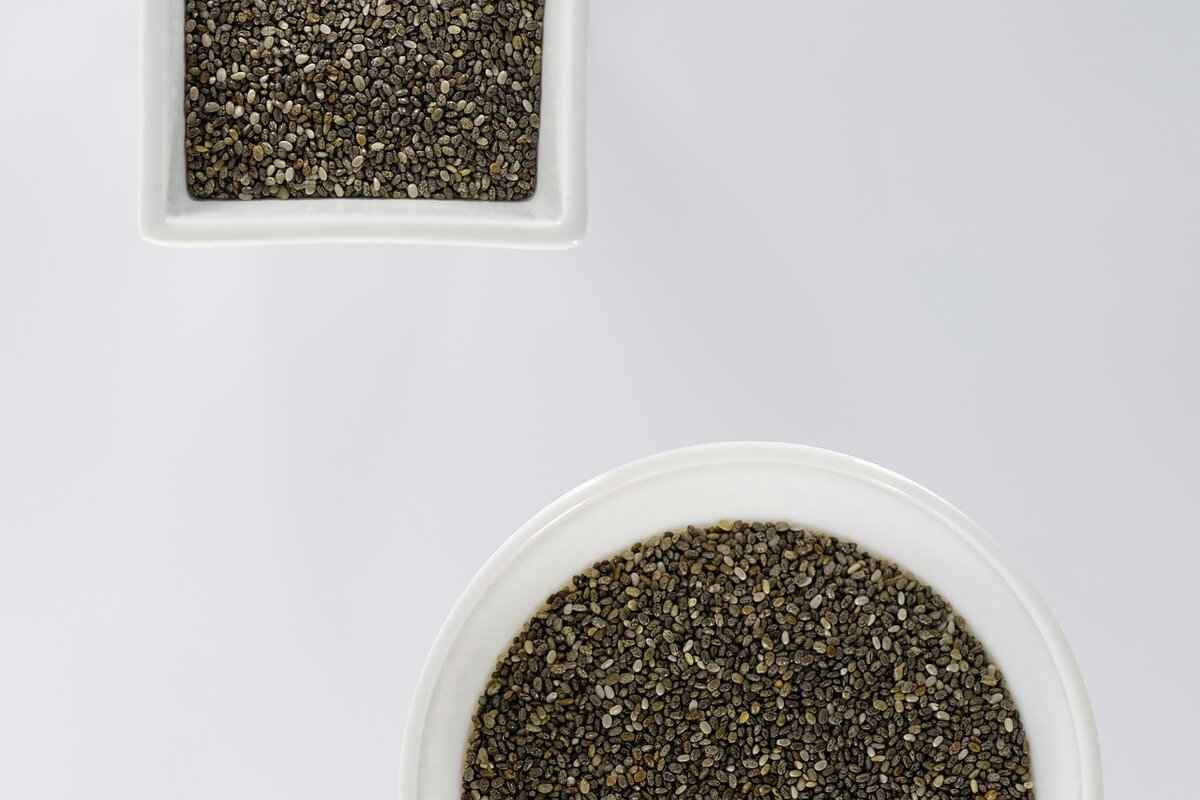
Flavor Variations for Chia Seed Pudding
When it comes to chia seed pudding, the possibilities for flavor variations are nearly endless. This delightful dish not only offers a creamy texture but also serves as a blank canvas for your culinary creativity. By experimenting with different flavors, you can transform a simple chia seed pudding into a gourmet treat that satisfies your taste buds while remaining healthy and low in calories.
Flavor experimentation is essential for enhancing the overall experience of chia seed pudding. With its naturally mild taste, chia seed pudding can easily absorb and complement various ingredients. This flexibility allows you to create a dessert that not only meets your dietary needs but also excites your palate.
- Vanilla Extract: A few drops of pure vanilla extract can add a warm and inviting aroma to your pudding. This classic flavor pairs well with almost any topping.
- Cocoa Powder: For chocolate lovers, unsweetened cocoa powder is an excellent addition. It brings a rich flavor without adding significant calories, making it a guilt-free indulgence.
- Spices: Experimenting with spices like cinnamon, nutmeg, or cardamom can give your pudding an exotic twist. These spices not only enhance flavor but also offer health benefits.
- Fruit Purees: Incorporating fruit purees, such as mango, strawberry, or banana, can naturally sweeten your pudding while adding vibrant flavors and nutrients.
- Nut Butters: A spoonful of almond or peanut butter can introduce a creamy texture and a nutty flavor, making your pudding even more satisfying.
Don’t hesitate to mix and match these flavor additions! For example, try combining cocoa powder with a hint of vanilla for a chocolate-vanilla twist, or blend cinnamon with apple puree for a comforting autumn-inspired pudding. The key is to start with small amounts and adjust according to your taste preferences.
While flavor variations can enhance your chia seed pudding, it’s essential to keep an eye on the calorie count. Opt for unsweetened versions of flavorings and natural sweeteners like stevia or monk fruit to keep your pudding low in calories. Fresh fruits can also provide sweetness without the added sugars found in many processed ingredients.
Once you’ve crafted your perfect chia seed pudding, consider how you’ll serve it. Layer your pudding with fresh fruits, nuts, or a sprinkle of granola for added texture and flavor. This not only makes for a visually appealing dish but also enhances the overall taste experience.
Experimenting with flavors is not just about making chia seed pudding more enjoyable; it’s about creating a personalized dish that aligns with your dietary goals. With a little creativity and the right ingredients, you can enjoy a delicious, low-calorie treat that satisfies your cravings and supports your health.
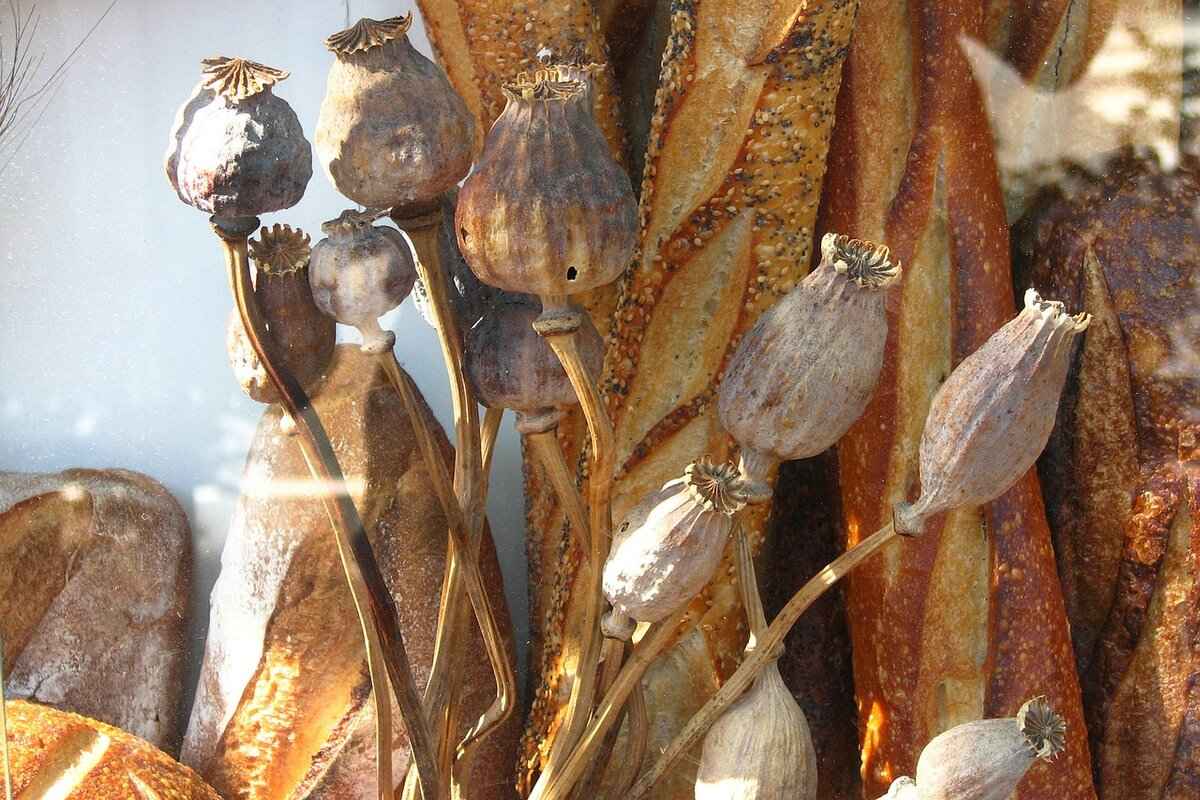
Health Benefits of Chia Seed Pudding
Chia seed pudding has gained immense popularity as a healthful snack and breakfast option, primarily due to its myriad health benefits. This nutrient-rich dish is not only delicious but also supports various aspects of overall health, making it a fantastic choice for anyone looking to enhance their diet.
- Improved Digestion: Chia seeds are rich in fiber, which promotes healthy digestion. The soluble fiber in chia seeds absorbs water, forming a gel-like substance that aids in bowel regularity and prevents constipation.
- Heart Health: These tiny seeds are packed with omega-3 fatty acids, which are known to reduce inflammation and lower the risk of heart disease. Regular consumption of chia seed pudding can help maintain healthy cholesterol levels and support cardiovascular health.
- Sustained Energy Levels: Chia seeds provide a slow-release source of energy due to their combination of protein, fiber, and healthy fats. This makes chia seed pudding an ideal option for maintaining energy throughout the day, especially for those with active lifestyles.
- Weight Management: The high fiber content in chia seeds can help you feel full longer, reducing overall calorie intake. Incorporating chia seed pudding into your diet can assist in weight management by curbing unnecessary snacking.
- Rich in Antioxidants: Chia seeds are loaded with antioxidants, which combat oxidative stress and inflammation in the body. This can contribute to a lower risk of chronic diseases and promote overall wellness.
- Bone Health: Chia seeds are an excellent source of essential minerals such as calcium, magnesium, and phosphorus, which are crucial for maintaining strong bones and preventing osteoporosis.
One of the best aspects of chia seed pudding is its versatility. It can be tailored to suit various dietary preferences and can easily be made low-calorie. By using unsweetened almond milk or coconut milk, along with natural sweeteners like stevia or monk fruit, you can create a delicious dessert that aligns with your health goals.
To keep your chia seed pudding exciting, consider adding a variety of toppings and flavorings. Here are some ideas:
- Fruits: Fresh berries, sliced bananas, or diced mango can add a burst of flavor and additional nutrients.
- Nuts and Seeds: Topping with almonds, walnuts, or pumpkin seeds can provide a satisfying crunch and extra protein.
- Spices: Incorporating cinnamon, nutmeg, or vanilla extract can elevate the taste without adding calories.
By experimenting with different combinations, you can discover the perfect chia seed pudding that suits your palate while reaping the numerous health benefits.
Incorporating chia seed pudding into your diet can lead to significant health benefits, from improved digestion to enhanced heart health. With its high fiber content and rich nutrient profile, chia seed pudding serves as a superb option for anyone aiming to boost their wellness journey. Whether enjoyed as a breakfast, snack, or dessert, this versatile dish can be adapted to meet your dietary needs while providing essential nutrients.
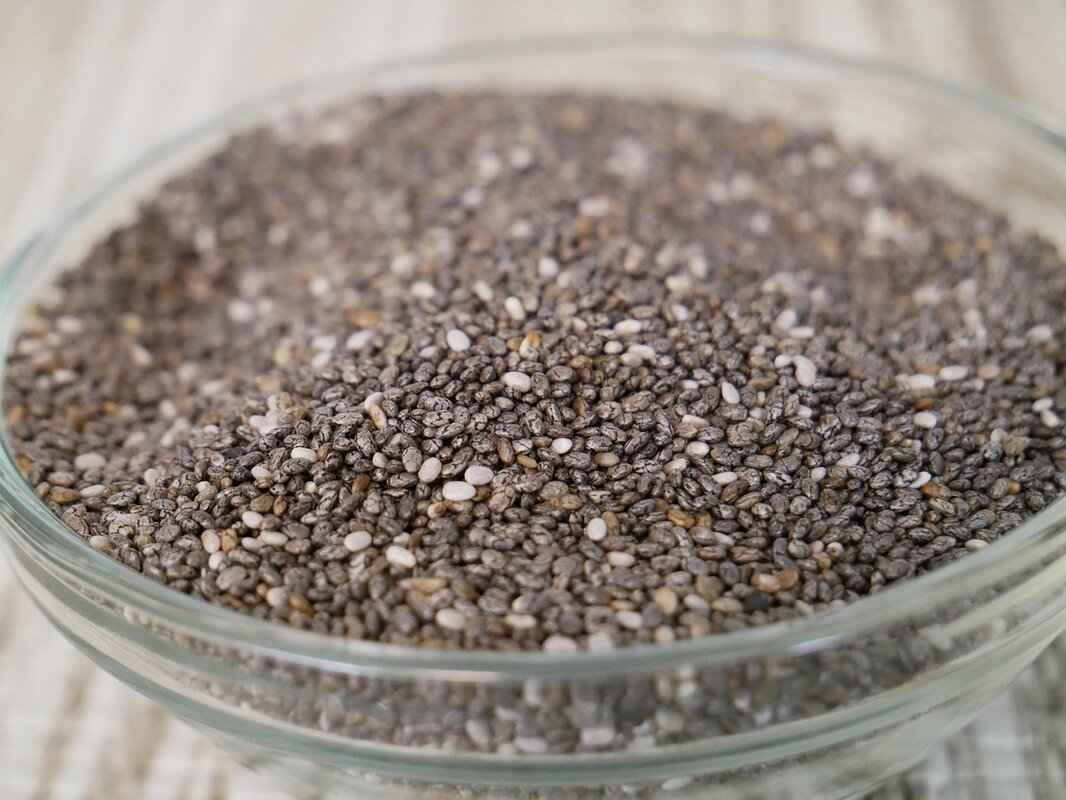
How to Serve Chia Seed Pudding
Serving chia seed pudding is not just about presentation; it’s an opportunity to unleash your creativity in the kitchen. This versatile dish can be tailored to suit your taste preferences and dietary needs, making it an exciting option for any meal. Below are some inventive ways to serve chia seed pudding that not only enhance its visual appeal but also add texture and flavor while keeping it low in calories.
One of the most visually stunning ways to serve chia seed pudding is by layering it in a glass. Start with a base layer of chia pudding, followed by a layer of fresh fruits such as strawberries, blueberries, or sliced bananas. This not only creates a beautiful contrast but also adds natural sweetness without the need for added sugars. Repeat the layers until you reach the top of the glass, finishing with a sprinkle of nuts or seeds for an added crunch.
Nuts and seeds can elevate the texture of your chia seed pudding. Consider adding a layer of chopped almonds, walnuts, or even pumpkin seeds between the chia layers. These additions provide healthy fats and protein, making your pudding more satisfying. Just remember to keep portion sizes in check, as nuts can be calorie-dense.
If you enjoy a bit of crunch, topping your chia seed pudding with a handful of granola can be a delightful option. Choose a low-calorie granola or make your own using oats, honey, and a sprinkle of cinnamon. This not only adds texture but also enhances the flavor profile of your pudding. You can layer granola in the middle or sprinkle it on top just before serving to maintain its crunchiness.
To take your chia seed pudding to the next level, consider infusing it with various flavors. A dash of vanilla extract, a spoonful of cocoa powder, or even a hint of cinnamon can transform the taste. You can also experiment with different milk alternatives, such as coconut milk or oat milk, to add unique flavors. Mixing in a bit of fruit puree, like mango or peach, can also add a refreshing twist.
- Breakfast: Serve your chia seed pudding in a mason jar topped with fresh fruits and a sprinkle of nuts for a quick, nutritious breakfast.
- Snack: Pair your pudding with a side of yogurt for a satisfying afternoon snack that keeps you energized.
- Dessert: For a healthy dessert option, layer the pudding with dark chocolate shavings and berries.
Don’t forget about garnishing! A few mint leaves or a drizzle of honey can add a pop of color and flavor to your dish. Edible flowers can also be a beautiful addition, making your chia seed pudding not just a treat for the taste buds but also a feast for the eyes.
When serving chia seed pudding, portion control is essential to maintain a low-calorie count. A standard serving size is typically around half a cup, which is enough to satisfy without overindulging. Using smaller bowls or jars can help manage portions while still allowing for creativity in presentation.
In conclusion, serving chia seed pudding can be an enjoyable and artistic endeavor. By layering with fruits, incorporating nuts and granola, and experimenting with flavors and garnishes, you can create a dish that is not only delicious but also visually appealing. Whether it’s for breakfast, a snack, or dessert, the possibilities are endless, making chia seed pudding a delightful addition to your culinary repertoire.
Frequently Asked Questions
- What are the health benefits of chia seed pudding?
Chia seed pudding is not just delicious; it’s also packed with health benefits! It can help improve digestion, boost heart health, and provide sustained energy throughout the day. Plus, with its high fiber content, it keeps you feeling full longer, making it a great snack or breakfast option.
- Can I customize the flavors of my chia seed pudding?
Absolutely! One of the best things about chia seed pudding is its versatility. You can experiment with flavors by adding vanilla extract, cocoa powder, or even spices like cinnamon. Get creative with your toppings too—fruits, nuts, and granola can take your pudding to the next level!
- How can I make my chia seed pudding low in calories?
To keep your chia seed pudding low in calories, choose unsweetened almond or coconut milk as your base. Opt for natural sweeteners like stevia or monk fruit instead of sugar. Adding fresh fruits instead of sugary toppings can also help maintain that delightful taste without the calorie overload!
- How long does chia seed pudding last in the fridge?
Your chia seed pudding can last up to 5 days in the fridge if stored in an airtight container. Just give it a good stir before serving, as it may thicken up a bit over time. Perfect for meal prep!

